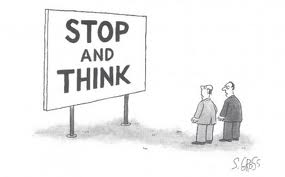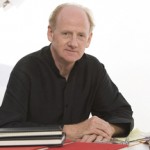My second-most-recent post concerned something retrieved from an old file, and who knows what I wrote it on — our best guess is an Apple Mac Classic II, circa 1995. It was about love, renewal, nature, politics and several other things, but one line irritated/inspired one of my most thoughtful readers, Michael P. Freeman. “Many of us have trouble feeling like Canadians,” I had written in “Honeymoons and Rear-view Mirrors”. Mr. Freeman often comments on my stuff, but this submission was so long, so interesting, at times so poetically heart-punching, that I put a truncated blurt in the comment section but asked him if I could publish the whole thing, too. He agreed, and so here’s my second guest column. The first was a brave and moving piece written by a Chinese student; this one comes from a man of Aboriginal heritage who lives not far from my old stomping ground in Haldimand County, southern Ontario, Canada, Turtle Island, the World.
“Many of us have trouble feeling like Canadians,” the man wrote. It got me thinking. The whole desire of the first half of the 20th century was nationalism. We entered into world wars to defeat countries that had a different concept of nationhood. Some would readily trample on the rights of others to impress upon and impose their own brand of ‘nationhood’ on them, and all in the name of what? World advancement? World domination?
Now, with the infusion of a couple of the newest ‘world’ religions, the nations and peoples of the world are being asked, subtly or overtly, to consider nationhood differently, to see it in the context of one world, one global nation without boundaries. It’s a difficult concept for many, especially given that most are still pondering and transitioning to a national vision. Ask a small-town guy what he thinks of nationhood, and I suspect that he would focus on town and kin, on hills and seclusion, on quiet and solitude. Leave behind the busy-ness and bustle of the city. Leave behind crowded buses and streets lined with vendors.




